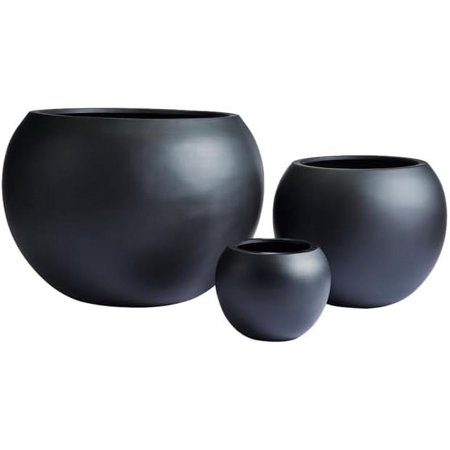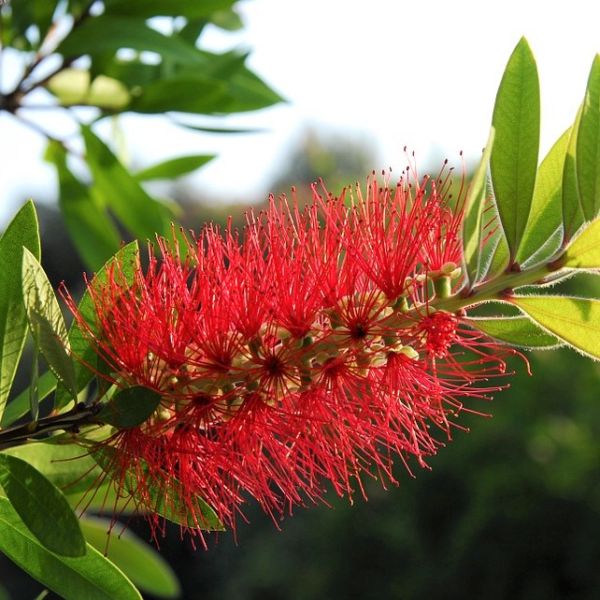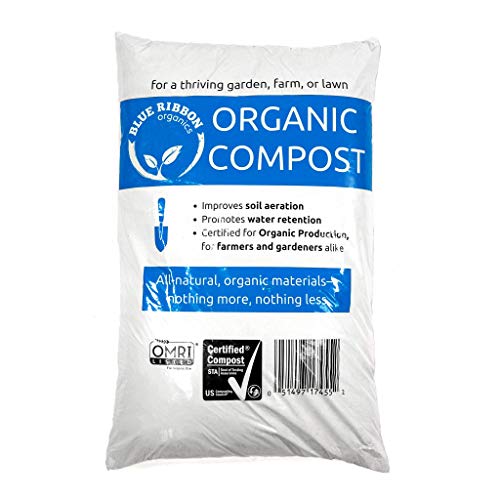How to grow bottlebrush trees in pots – for a bounty of crimson blooms this summer
Our expert-approved guide will ensure that your pot-grown bottlebrush trees thrive

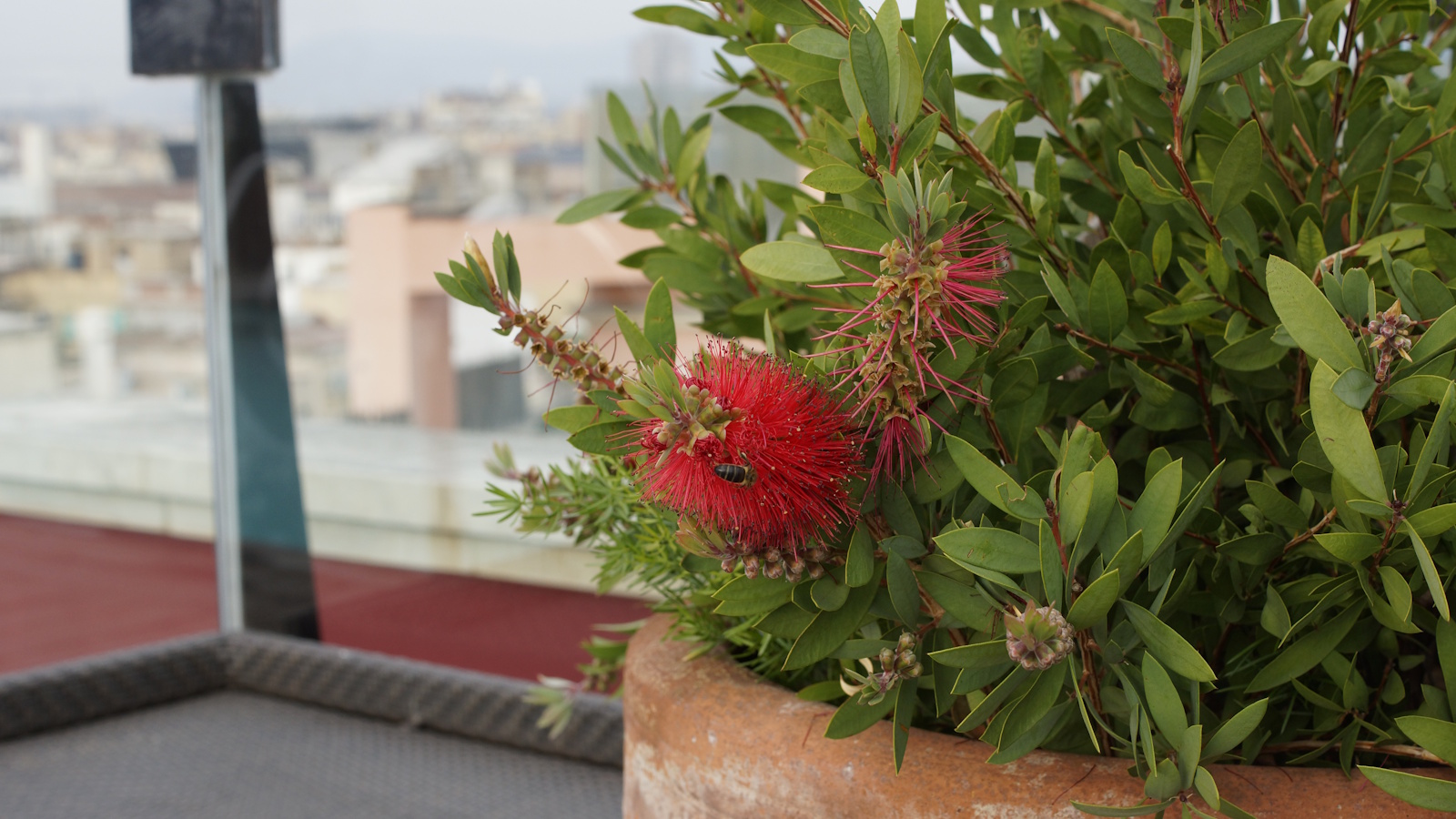
During spring and summer, bottlebrush blooms are a common sight in many front and backyards. In warmer states, such as California, Arizona and Texas, these sun-loving plants thrive, producing masses of vibrant flowers that are impossible to ignore.
These tropical-looking blooms will complement any colorful flower border, but for smaller spaces, learning how to grow bottlebrush trees in pots is a good option. So long as the drainage and lighting requirements are met, these resilient shrubs will adapt well to container culture.
So, whether you are a seasoned shrub grower or perhaps looking to add something new to your pot displays this year, our guide on how to grow a bottlebrush plant in a pot has all the information you need to succeed.
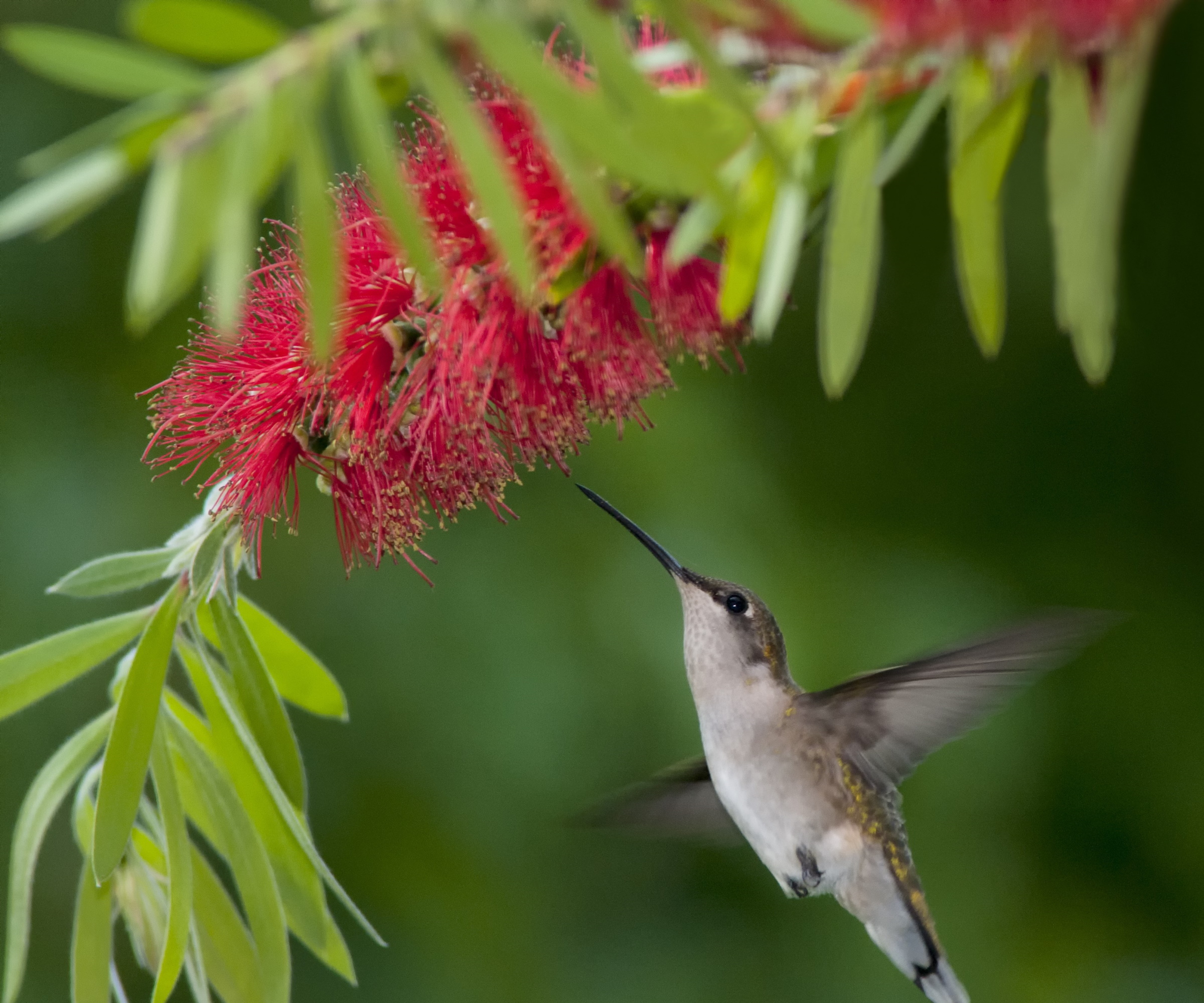
How to grow bottlebrush trees in pots
Native to Australia, bottlebrush trees thrive in sunny and warm regions, typically growing well between US hardiness zone 8 to US hardiness zone 10, where the winters are mild and the summers are hot. While they are low-maintenance plants, there are a few rules to follow when learning how to grow bottlebrush trees in pots.
Growing advice for bottlebrush trees in pots
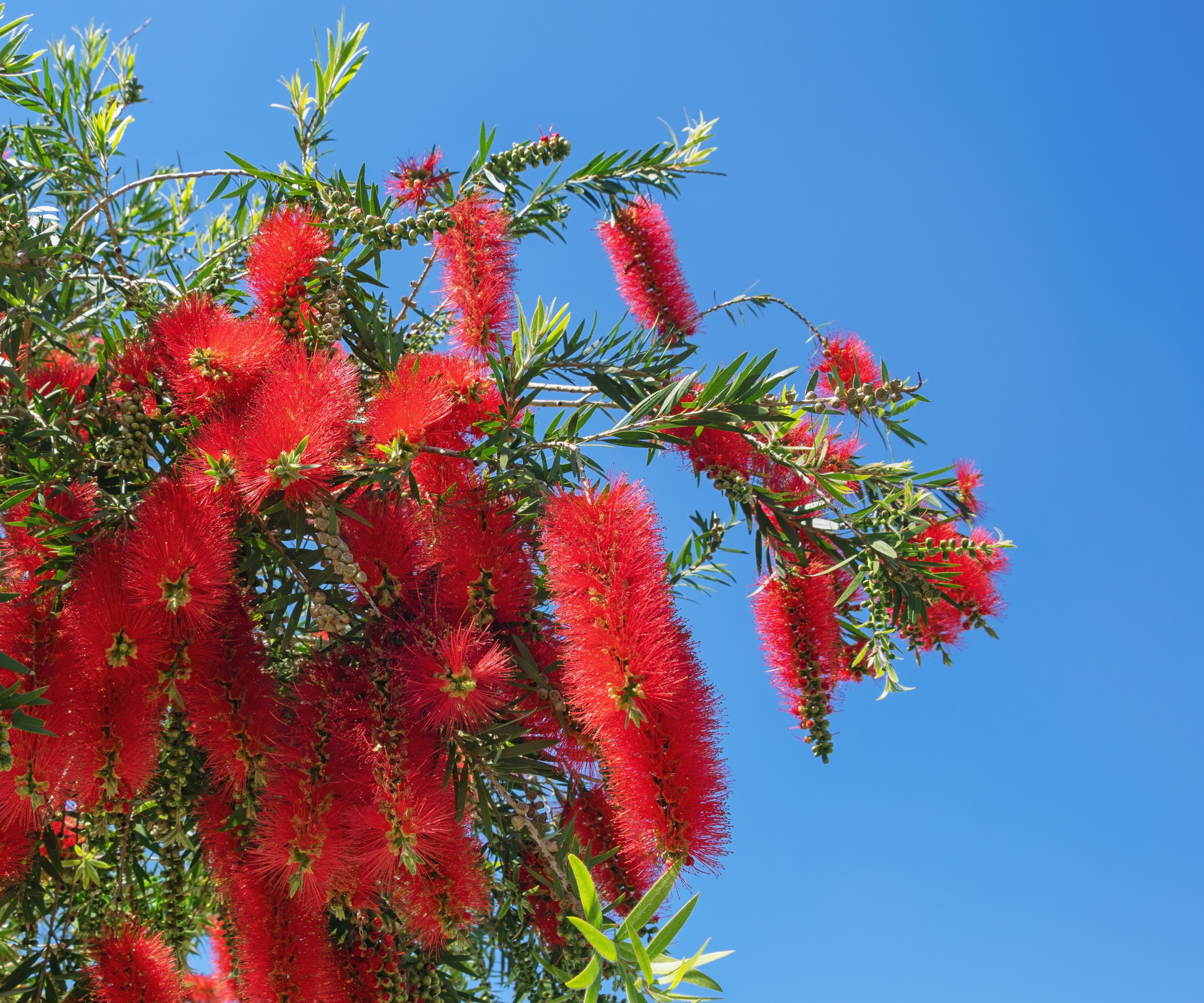
'Growing bottlebrush trees in pots can be a rewarding experience, filling yards with colorful brush-like blooms that are adored by pollinators,' says Tatiana Anderson, plant expert and co-founder of Top Tropicals.
'In general, these are low-maintenance plants and there are very few bottlebrush tree problems to be worried about. However, there are a handful of rules to abide by when growing in containers. Remember that bottlebrushes, or Callistemon spp., do best in warmer US hardiness zones, so stick to zone 8 and above,' Tatiana adds.
These are some of the best flowering shrubs for full sun, so be sure to position your pot in an open location, ideally with six to eight hours of sunshine each day. If you are rolling the dice and growing in a cooler, northerly region, ensure that your pot receives as much sunshine as possible, as the plant will be more exposed when compared to growing in the ground.
Design expertise in your inbox – from inspiring decorating ideas and beautiful celebrity homes to practical gardening advice and shopping round-ups.
'These plants prefer well-draining soil,' Tatiana says, 'and while they are relatively tolerant of poor soil conditions, a sandy or loamy soil with good drainage is ideal, which is particularly important when growing in pots. If you notice water sitting on the surface of your container, the drainage hole may be blocked or the soil might need improving.'
When growing in pots, regular feeding and watering is important. While bottlebrush trees grown in the ground will become self-sufficient, specimens that are planted in pots will need regular maintenance. Remember that pot plants rely on you, the gardener, for all their water and nutrient needs, so be sure to water during the summer. During warmer spells, this can be as much as twice a week.
'While bottle brush trees do not require heavy fertilization, applying a balanced, slow-release fertilizer to pots just once in the spring can promote healthier growth and more abundant blooms,' Tatiana adds.

Tatiana Anderson is the co-owner and co-founder of Top Tropicals, based in Fort Myers, Florida. Top Tropicals grow and sell a whole range of flowering and fruiting tropical plants.
Bottlebrush tree varieties to grow in pots
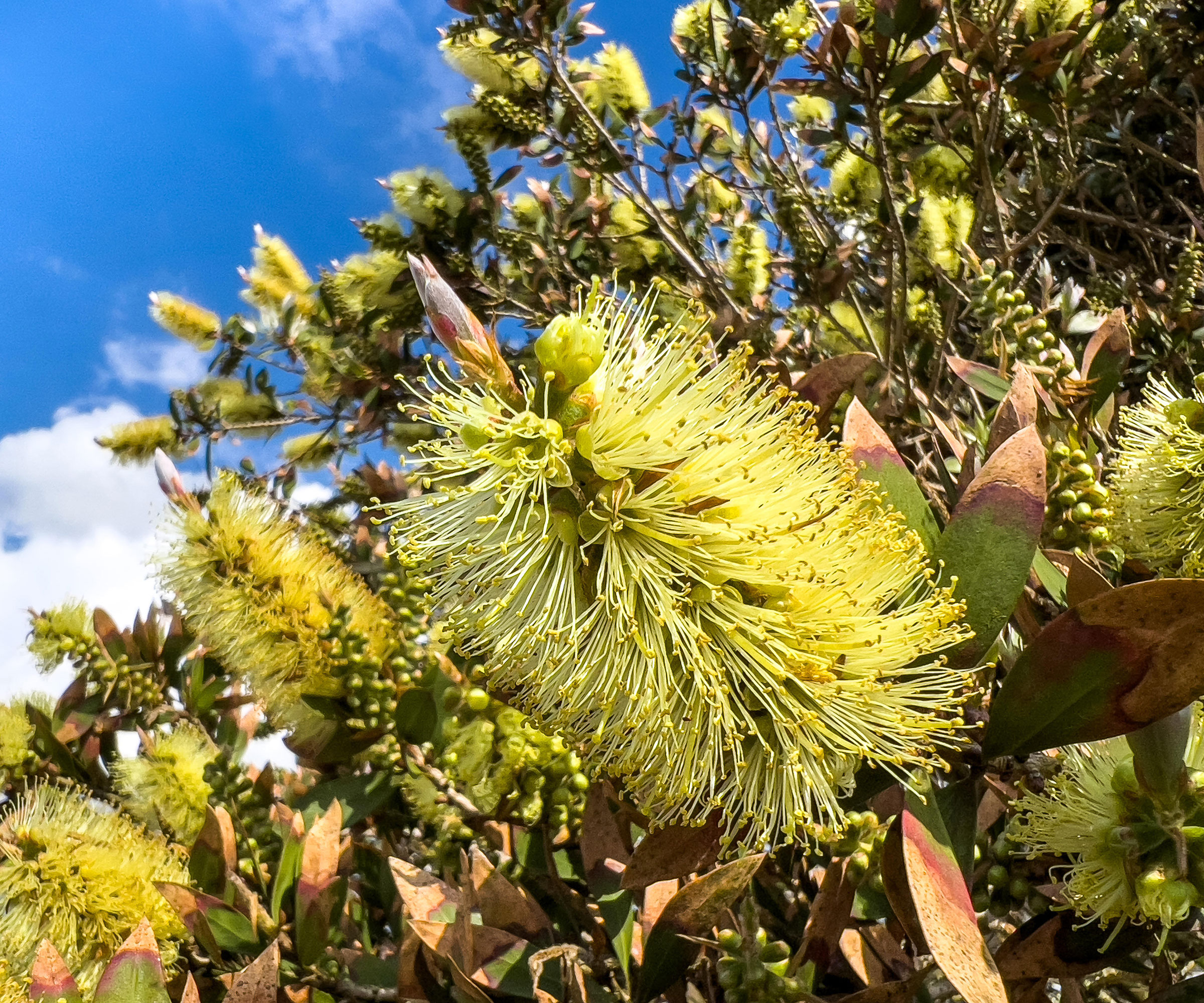
Before planting a bottlebrush tree in a container, think carefully about the variety you want to grow. While all bottlebrush trees can be grown in pots, larger, standard species can grow upwards of 20 feet when fully established, although their size will be restricted in containers.
Standard species will require more pruning in the years to come, whereas smaller varieties will be easier to maintain and manage. One dwarf variety, 'Little John', available from Walmart, is a popular option for smaller yards, growing no more than three feet tall and wide.
For an unusual variety, try growing the 'Honeypot' variety, as seen in the image above, which produces unusual yellow flowers. While this is one of the easiest evergreen trees to grow, 'Honeypot' can reach upwards of nine feet tall, so a larger pot will help it reach its full potential.
Whatever variety you decide on, be sure to use a pot that is a few inches wider than the nursery container, providing some room to grow for the first year. Looking ahead, it is best to repot your bottlebrush plants into a larger vessel once every three years.
FAQs
Are there any problems to look out for when growing bottlebrush trees in pots?
'Bottlebrush trees are generally pest and problem-free, although one issue to look out for when growing in pots is root rot,' says Tatiana. 'These plants need good drainage and can be susceptible to root rot if overwatered. Ensure that your pot has plenty of grit or sand to avoid waterlogging.'
Positioning two or three bottlebrush pots together can help to create an evergreen privacy barrier, windbreak, or container hedge that is perfect for pollinators during the growing season.
As Tatiana says: 'The nectar-rich bottlebrush flowers attract bees, butterflies, and birds, particularly hummingbirds, making for an excellent option for a garden designed to support local wildlife.' For more wildlife gardening inspiration, see our guide on the best hedges for pollinators.

Thomas is a Content Editor within the Gardens Team at Homes and Gardens. He has worked as a professional gardener for both public spaces and private estates, specializing in productive gardening, growing food and flowers. Trained in Horticulture at the Garden Museum, he has written on gardening and garden history for various publications, including The English Garden, Gardens Illustrated, Hortus, The London Gardener and Bloom. He has co-authored a Lonely Planet travel book, The Tree Atlas, due out in 2024.
